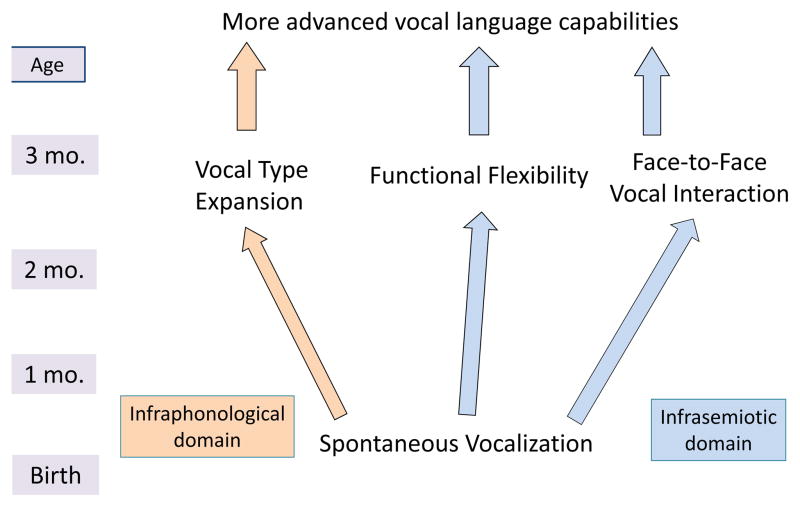Fig. 1. Schematic fragment of communicative natural logic: Tree of vocal development/evolution.
The infrastructural tree shows vocal capabilities in order of emergence in human development from bottom up, infraphonological/signal capabilities on the left, infrasemiotic/function capabilities on the right. At birth, Spontaneous Vocalization in modern humans includes the endogenous tendency to produce phonation, which we propose occurred in the human line at the beginning of differentiation from non-human primate vocal communication. On the basis of Spontaneous Vocalization, additional capabilities emerge by 3 months: (a) Vocal Type Expansion (resulting in protophones such as vowel-like sounds, squeals, and growls) appears to result from self-organization through phonatory exploration, (b) Functional Flexibility, where each protophone is used with a full range of illocutionary/perlocutionary functions, expressing infant positivity, neutrality or negativity, and eliciting corresponding caregiver responses (Oller et al. 2013), and (c) Face-to-Face Vocal Interaction, where infants appear to bond with parents in conversation. The figure illustrates a hypothesis about how language foundations do and presumably must develop and evolve. Such capabilities have been called “preadaptations” for language (Christiansen & Kirby, 2003). See SM2 for further explanation and for description of subsequent stages leading to spoken language.

